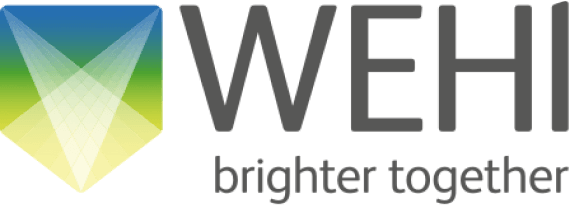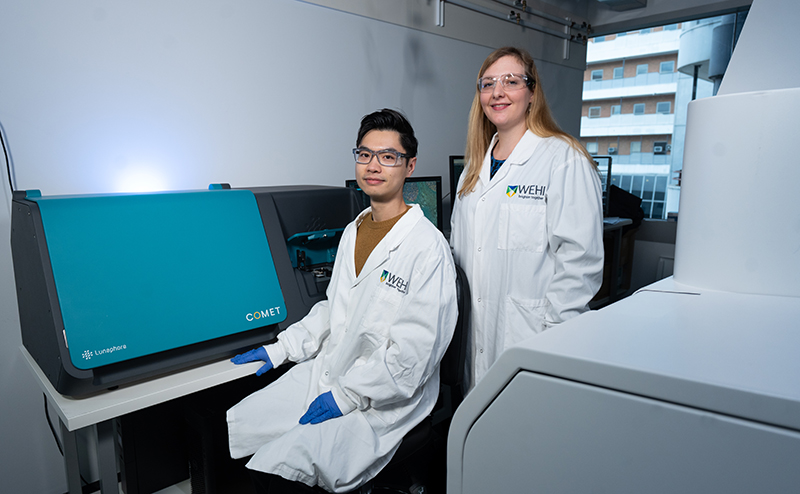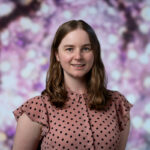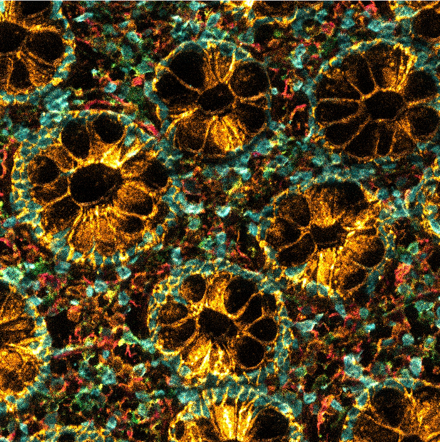The COMET is a hyperplex spatial biology platform allowing the detection of up to 40 (protein) biomarkers in a single tissue section, preserving spatial context and tissue integrity.
The system uses standard unconjugated, off-the-shelf antibodies to deeply profile the tissue microenvironment, uncover cellular heterogeneity, and accelerate biomarker discovery.
In addition, the COMET allows for the simultaneous detection of up to 12 RNA targets in parallel with protein markers, enabling integrated spatial multiomic analyses in the same sample.










